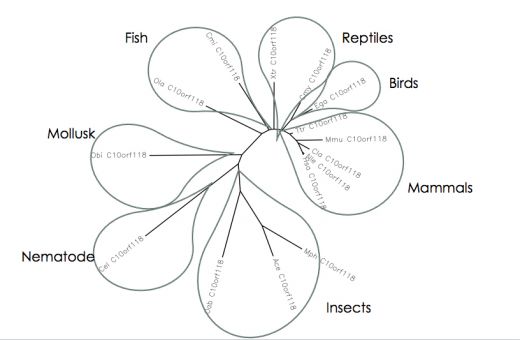
Evolutionary biologists love evolutionary trees, the ‘trees of life’. It is not because they want to know which species of bat is most closely related to another species, but mainly because evolutionary trees give a window on what the world was like millions of years ago.
By using a technique called ancestral state reconstruction, biologists can take the ‘states’ of a modern species – for example, whether a lizard species bears live young or eggs, or whether the plant is woody or herbaceous – and use the evolutionary tree to work out what the ancestors of these current species most probably looked like.
The reliability of this technique is examined by two University of Tasmania researchers in a paper, published in the Nature journal Scientific Reports.
“This technique is a good way to learn about the past because it doesn’t rely on the fossil record which is typically very patchy,” the researchers, Professor from the School of Physical Sciences and Professor , School of Biological Sciences, explain. “However, ancestral state reconstruction has some weaknesses.
“For example, if you looked at the current Australian flora and noted that most species were fire-tolerant, and deduced that therefore the ancestors of current species were probably fire-tolerant, you could be making a mistake. Perhaps in the past, most species weren’t fire-tolerant, but as the climate changed these species tended to go extinct.
In Scientific Reports, the researchers explore how biased different methods of ancestral state reconstruction are likely to be in a range of realistic circumstances.
“While ancestral state reconstruction is often reliable, it is not a perfect window on the past,” the researchers conclude.
Image: The Phylogenetic Tree. Credit: Wikimedia Commons.
See also:






